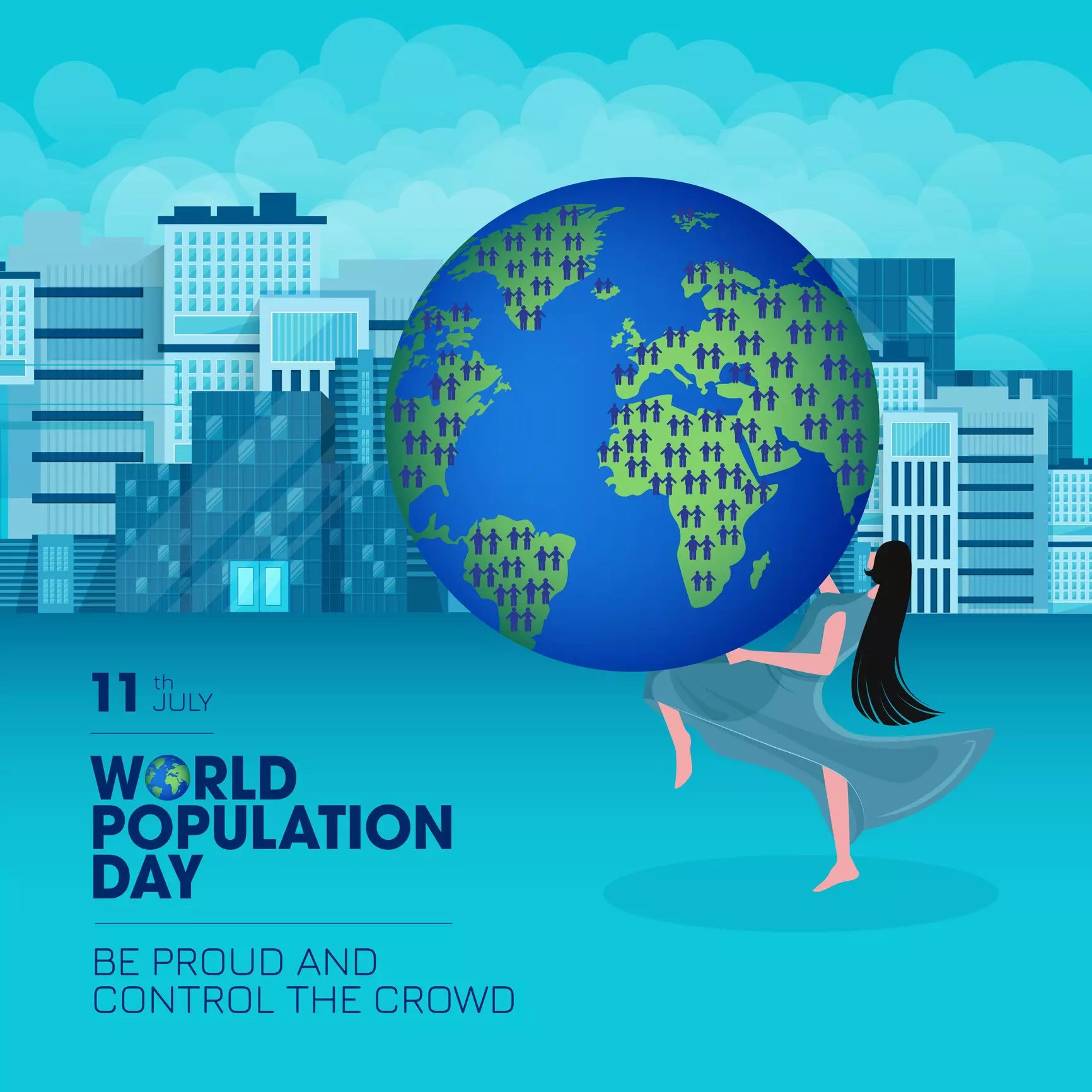
World Population Day 2025: UN warns of 'population collapse' as fertility rates fall
UN warns of 'population collapse' as fertility rates fall

A day ahead of the World Population Day (July 11), the United Nations (UN) has stated that the falling global fertility rates have prompted warnings about “population collapse” on Thursday (July 10).
Lack of reproductive agency
It further stated that, as per the United Nations Population Fund’s (UNFPA) report, the real issue behind the crisis is the lack of “reproductive agency”, adding that a large section of people, especially youth, are unable to have children even if they wanted to.
“World Population Day 2025 highlights this challenge, focusing on the largest-ever generation of young people,” stated a release on the UN website. It further stated that the theme of World Population Day 2025 is “Empowering young people to create the families they want in a fair and hopeful world,” adding that it calls for the need to ensure that the youth have the “rights, tools and opportunities” to shape their futures.
Also Read: World Population Day: Know all about the world’s top 5 populous countries
Youth facing major obstacles
According to the UN, although young people are driving change, they are facing major obstacles such as economic insecurity, gender inequality, limited healthcare and education, climate disruption, and conflict.
“A UNFPA–YouGov survey of over 14,000 people in 14 countries found most wanted more children but were prevented by social, economic, or health barriers,” stated the release.
Urging state leaders to address the issue, the UN stated that they must prioritise young people’s needs and voices. “They need more than services—they need hope, stability, and a future worth planning for. As one youth activist told UNFPA, ‘Young people are not just thinking about their future children—they are thinking about the world those children will inherit.’ Supporting their rights is key to sustainable development, peace, and human dignity,” stated the release.
Watch: World Population Day 2023: A look at the World's top 5 populous countries
Major changes in fertility rates
It pointed out that it took thousands of years for the world population to reach 1 billion, and then within just 200 years it increased sevenfold. “In 2011, the global population reached the 7 billion mark; it stands at almost 7.9 billion in 2021, and it's expected to grow to around 8.5 billion in 2030, 9.7 billion in 2050, and 10.9 billion in 2100,” stated the release.
According to the UN that there have been “enormous changes” in fertility rates and life expectancy in the recent past. “In the early 1970s, women had on average 4.5 children each; by 2015, total fertility for the world had fallen to below 2.5 children per woman. Meanwhile, average global lifespans have risen, from 64.6 years in the early 1990s to 72.6 years in 2019,” stated the release.

